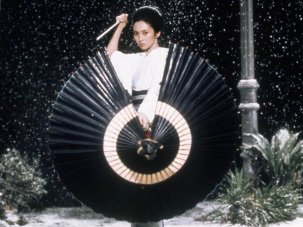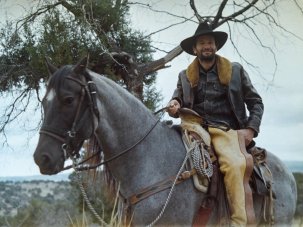Swing Time (1936)
Where’s it on? Criterion Blu-ray
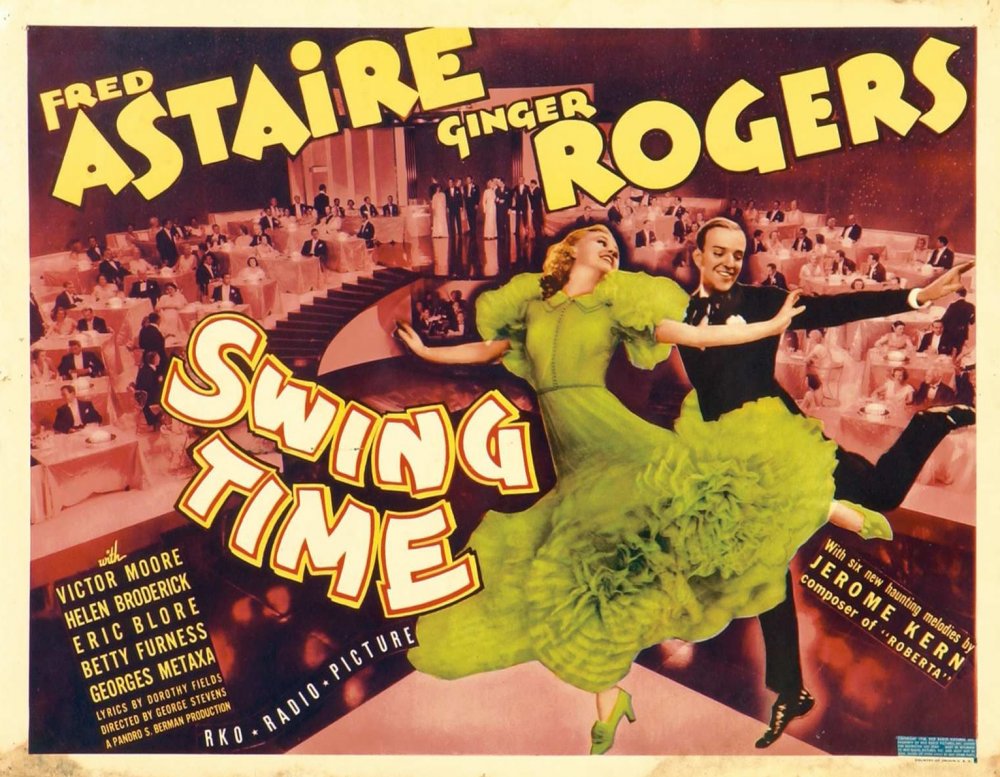
Swing Time (1936)
The sixth, and greatest, of Fred Astaire and Ginger Rogers’ 10 collaborations, Swing Time benefits hugely, in its downtime between musical numbers, from the presence of George Stevens on directing duties. Not that anyone watches these films for their narrative mechanics, but with 30 odd minutes before the first fleet-footed spectacular, a sure pair of hands proves essential. Of course, after the first showstopper the audience’s waiting game for the next mirrors that of the on-screen couple’s – the screwball-lite plot machinations geared to getting the two of them on a dance floor, any dance floor, together; tension is eked from our, and their, desire for hoofed consummation. That said, the best number is Astaire’s solo – in blackface – to Bojangles of Harlem. The troubling iconography is confronted by academic Mia Mask in Criterion’s features, but you won’t need an expert to feel the sheer, elemental force of Astaire dancing for his life in the performance of his career.
Hell is a City (1960)
Where’s it on? Talking Pictures TV; BFI Player
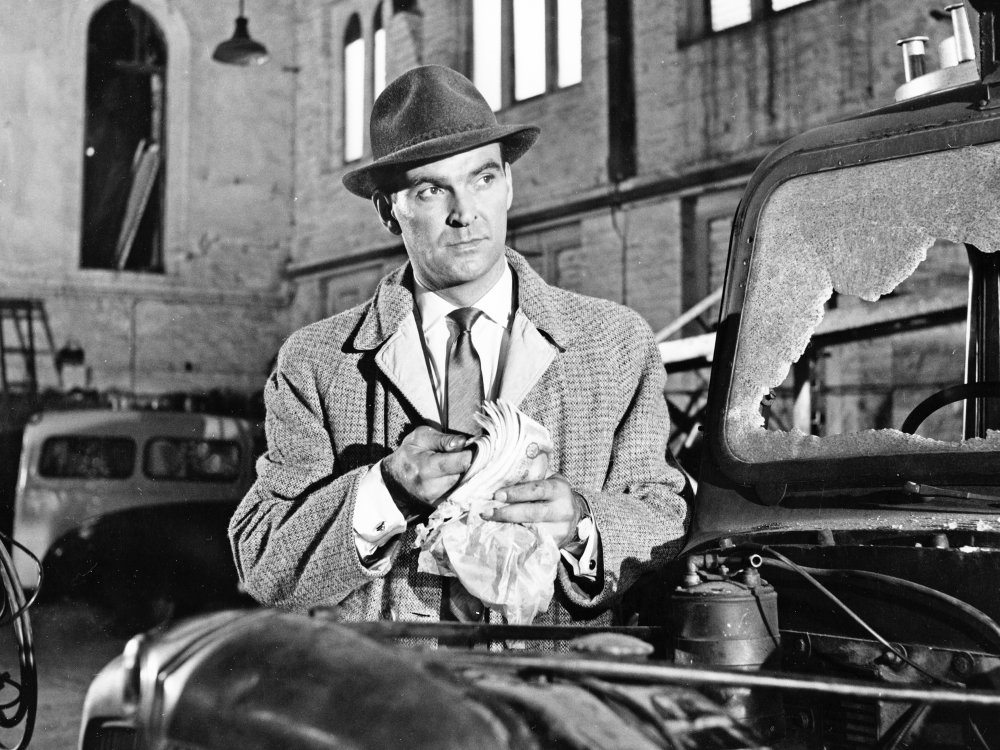
Hell is a City (1960)
Not quite a noir, perhaps, but a superlative British thriller from director Val Guest. Shot on location in and around the streets of Manchester, Hell is a City sees a local hood (John Crawford) break out of jail and return to his old stomping ground to enact a heist on a bookie (Donald Pleasence, terrific). When the robbery goes badly and a woman is killed, Inspector Martineau (Stanley Baker) – who first put the villain away – gets back on the case. Jules Dassin’s The Naked City (1948) was an influence, evidenced in the rich location photography, but it’s the cast who make it, with a special mention for Crawford and Billie Whitelaw as Pleasence’s promiscuous mistress, Chloe. A rough and tumble cops ’n’ robbers flick, with a doozy of a score by jazzman Stanley Black.
The Tamarind Seed (1974)
Where’s it on? Talking Pictures TV
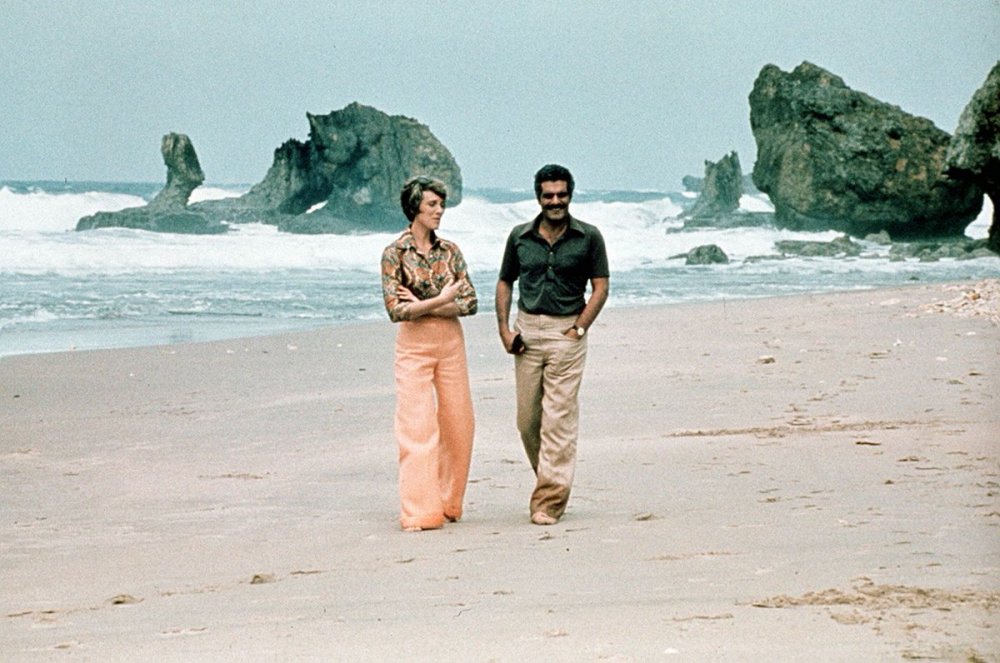
The Tamarind Seed (1974)
A trio of outstanding performances lead the way through one of Blake Edwards’ best films, a Cold War romantic drama that splits its time between Barbados, London and Paris. Julie Andrews is the British civil servant who falls for Omar Sharif’s KGB operative while holidaying alone in the Caribbean, Anthony Quayle the intelligence officer on both of their tails. If the plot synopsis reads like a thriller, the film doesn’t really play like one. While not without tension in the final stretch, it’s at its best in the gestural blossoming of the duo’s romance. Featuring an impressive array of below-the-line talent borrowed from the Bond franchise, including Freddie Young on lensing duties, a lush orchestral score by John Barry and a title sequence designed by the great Maurice Binder (responsible for many of 007’s opening credits), it’s a class act.
The Matrix Trilogy (1999-2003)
Where’s it on? In cinemas
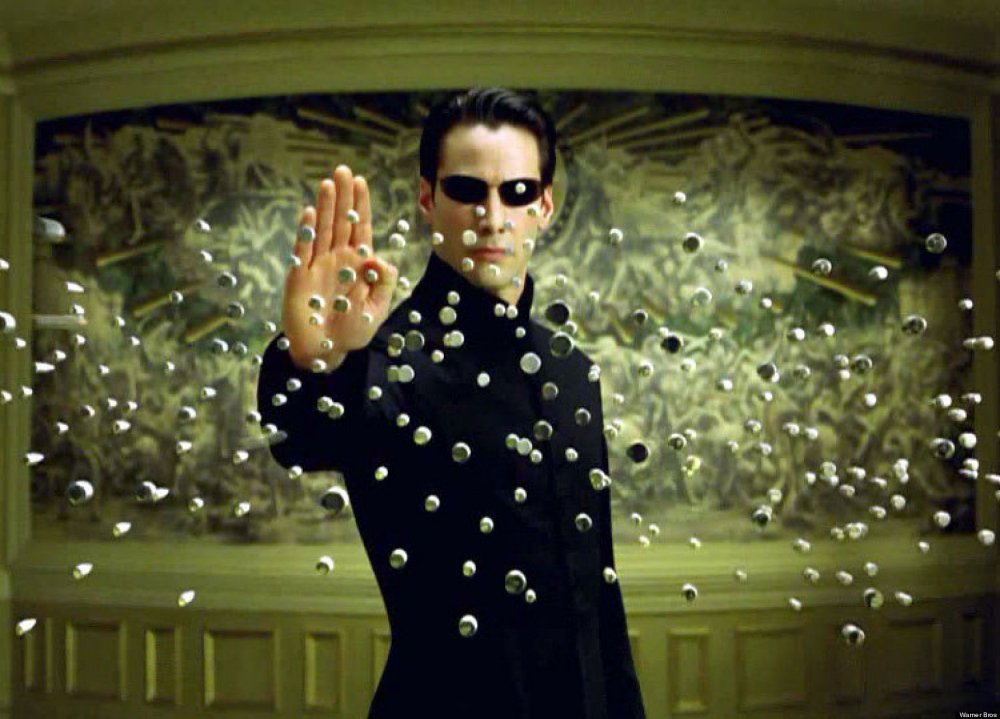
The Matrix (1999)
With the trilogy back in cinemas for the 20th anniversary of the first film’s release, here’s a chance to spend the best part of seven hours in the 4K-hole of its resplendent restoration. Suffice to say, the first still bangs, the second still (mostly) sucks and the third is still better than you remember. Taken as a whole though, the Wachowskis’ magnum opus thrills in fits and starts, soaring in its set pieces and dying a ponderous death by byzantine philosophical meandering as the trilogy progresses. The new 4K scans exemplify how these things should be done, and, while there’s a stunning new boxset for those with the requisite kit, it’s pretty clear these films belong on the big screen.
Our Time (2018)
Where’s it on? In cinemas, BFI Player
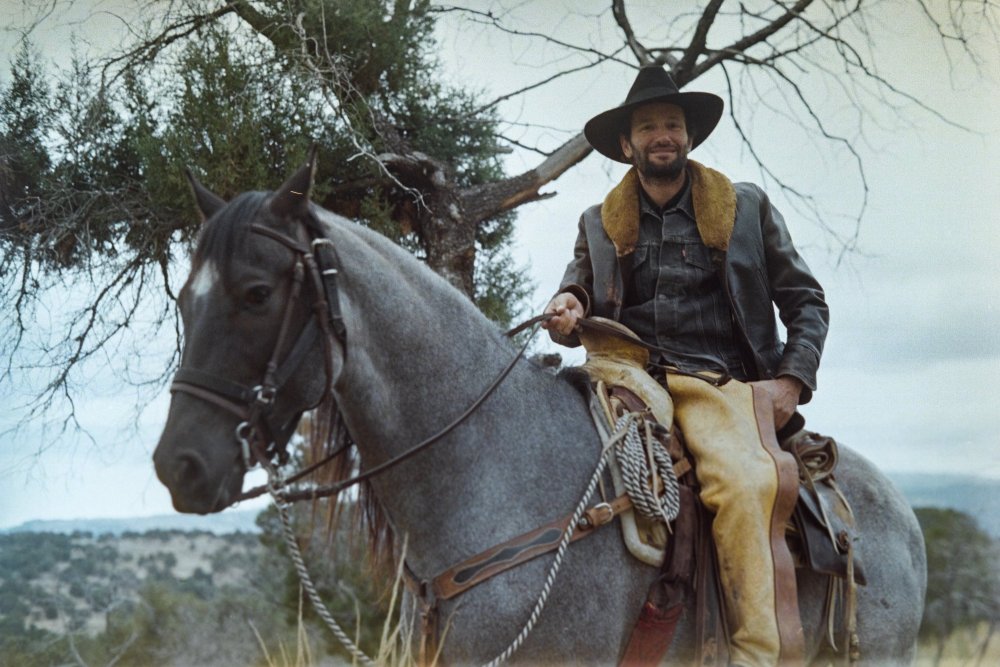
Our Time (2018)
The last film by Mexican maestro Carlos Reygadas, Post Tenebras Lux, divided audiences when it played in competition at Cannes in 2012. Seven years later, he’s back with his new film, Our Time, and seemingly as divisive as ever. First look reviews weren’t kind when the three-hour film premiered at Venice last autumn, with much criticism saved for the director’s decision to cast himself, his wife (erstwhile editor Natalia López) and their children in key roles. Is the film, which tells of a disintegrating open relationship on a Mexican bull ranch, an exercise in vanity and control or an ironic study of vanity and control? You can make your own mind up this weekend as it hits cinemas. Either way, there’s little escaping the power of Reygadas’ image-making and sound design, not least when it comes to a certain shot of a plane coming in to land.



